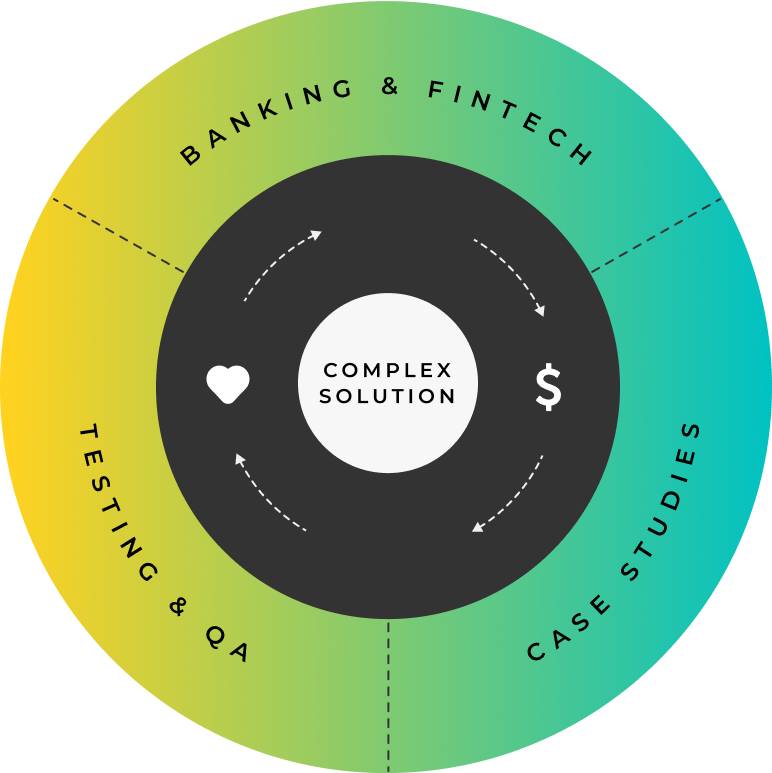
Automation Testing for
Banking & Fintech
X3
WITH
Truly complex solution at the intersection of three fields of expertise: Fintech&Banking, Testing&QA, and Custom Solutions.
EXPERTISE APPROACH
We make 10 different types of testing & QA that work for your project like one perfect mechanism.
We make
Load
testing
testing
User
Acceptance
Acceptance
Regulatory
Compliance
Compliance
Penetration Testing
Volume testing
Scalability testing
Security Testing
Integration Testing
Ethical Hacking
Endurance testing
Relies on generated user accounts that include third-party dependencies: address lookup, credit checks, etc. We test big loads to ensure flexibility for further growth
Allows validating that the end-to-end business flow works as expected. Requires involving end-users to ensure that the application complies with the real-world scenarios
Ensures compliance with regulatory requirements and banking industry cybersecurity standards: BASEL III, BCBS 239, FACTA, AML, SEPA, etc.; critical for cloud environments
Imitates a hacking attempt to capture vulnerabilities and loopholes via involving external actors and internal actors with various levels of administrative access
Tests the app/system for the specific amount of information regarding throughput and proficiency to decide system performance with expanding volumes of information
Serves as a flexible, all-around way to evaluate the system’s ability to accommodate change and meet growth requirements at hardware, software, and database levels
Checks if an app/infrastructure is vulnerable to cyberattacks, tests the impact of malicious or unexpected inputs on operations, and provides remediation insights
Determines the effectiveness and performance of software modules being integrated with each other. Vital for banking-based solutions due to the systems’ complexity
Allows automated simulation of real-life cyberattacks under safe conditions to evaluate how existing security measures will measure up in case of a potential attack
A heavy load is modeled based on the gathered statistics and applied to a system for an extended period to monitor memory utilization and performance degradation
To learn more about Testing for Banking & Fintech, read the presentation.

Work with us
Specify your contacts

You get a complex solution at the intersection of three areas of expertise:
You get



Banking & Fintech Expertise
30+
100M+
50+
5
01.
Bruce Mason
from Bruce Mason
Years of working in the
IT Industry
IT Industry
Total projects turnover since day one
Projects in Banking and
Stocks & Shares market
Stocks & Shares market
Startups in Fintech
& Banking
& Banking
21 years of experience
Delivery Director QArea
Project manager with experience working in both Banking and Fintech Domains since 2001. He has worked on projects in the Middle East, Japan, America, Europe, as well as the UK.
He worked for Lloyds Bank for approximately 21 years, where he worked on projects both in Retail Banking as well as the Stocks and Shares Market.
Bruce worked on a project in Germany where a bank was being created from scratch, as well as integrating with crypto systems. He has worked on projects for five companies from FTSE 100 and delivered successful projects in both the Stocks & Shares market as well as Fintech start-ups.
He worked for Lloyds Bank for approximately 21 years, where he worked on projects both in Retail Banking as well as the Stocks and Shares Market.
Bruce worked on a project in Germany where a bank was being created from scratch, as well as integrating with crypto systems. He has worked on projects for five companies from FTSE 100 and delivered successful projects in both the Stocks & Shares market as well as Fintech start-ups.

Shadle a meetup with Bruce Mayson
Specify your contacts
Credit Agricole
Customer data management
These are cases taken from our partner's website
Customer data management is a platform created for the banking sector. It can support you in gathering all available data on customers in one place. The platform also allows you to adjust your offer in accordance with the database contents. With this app, you can view data on any customer with just one click and without switching between various banking systems.
Santander Bank
Print Management System
These are cases taken from our partner's website
A system built for enterprise businesses dealing with a high number of print templates, offset, and high-volume printing. The software coordinates all print-related processes including controlling the print queues, maintaining proper formatting, exporting reports, and mailing.

Get more info about case
Specify your contacts
Sergei Lisovoi
Mikhail Tomara
Andrii Nikitenko
Sergei Belevitnev
Viacheslav Khrushch
Yaryna Duliba
Victoria Voloshina
Maksim Khimii
Head of QA & Testing
Senior QA Engineer
Head of QA Processes
Mobile automation QA Team Lead
Senior QA Engineer
Senior QA Engineer
QA Team lead
Automation QA Team Lead
Specialized Automation Testing & QA Team expertise








03.

Get an estimate
Specify your contacts





